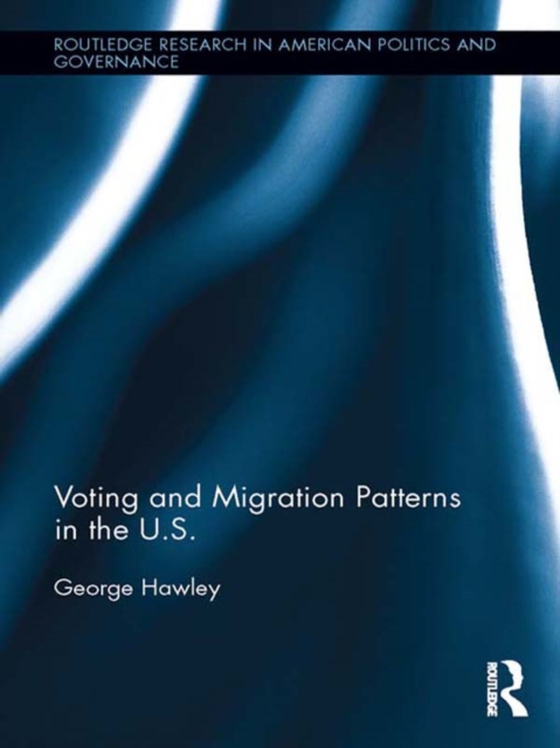
Voting and Migration Patterns in the U.S. e-bog
329,95 DKK
(inkl. moms 412,44 DKK)
In recent years, political scientists and journalists have taken a great interest in the question of whether the American electorate is "e;sorting"e; into communities based on partisan affiliation. That is, there is concern that American communities are becoming increasingly politically homogenous and this is because Americans are considering politics explicitly when determining where t...
E-bog
329,95 DKK
Forlag
Routledge
Udgivet
31 juli 2013
Længde
188 sider
Genrer
1KBB
Sprog
English
Format
pdf
Beskyttelse
LCP
ISBN
9781135044053
In recent years, political scientists and journalists have taken a great interest in the question of whether the American electorate is "e;sorting"e; into communities based on partisan affiliation. That is, there is concern that American communities are becoming increasingly politically homogenous and this is because Americans are considering politics explicitly when determining where to live. Academics have since debated the degree to which this is a real phenomenon and, if it is, whether it has important normative implications. However, little empirical research has examined which factors turned some closely-contested counties into Republican enclaves and others into Democratic strongholds.Examining individual and aggregate data and employing a large number of statistical methods, George Hawley explores the increasing political homogenization of small geographic units and explains the causal mechanisms driving this phenomenon as well as its consequences for individual political attitudes and behavior among residents residing in these geographic units. He argues that some partisans are self-selecting into communities of likeminded partisans, causing some areas to become overwhelmingly Republican and others to become overwhelmingly Democratic. The book also notes that the migratory patterns of Republicans and Democrats differ in systematic ways for other reasons, due to the different demographic and economic characteristics of these partisan groups.At a time when many studies argue that a large percentage of the electorate is self-selecting into communities based on their political preferences, this bookshelf essential presents a much needed account on the different migratory patterns of Republicans and Democrats and how these patterns are shaping the geography of American politics.
 Dansk
Dansk

